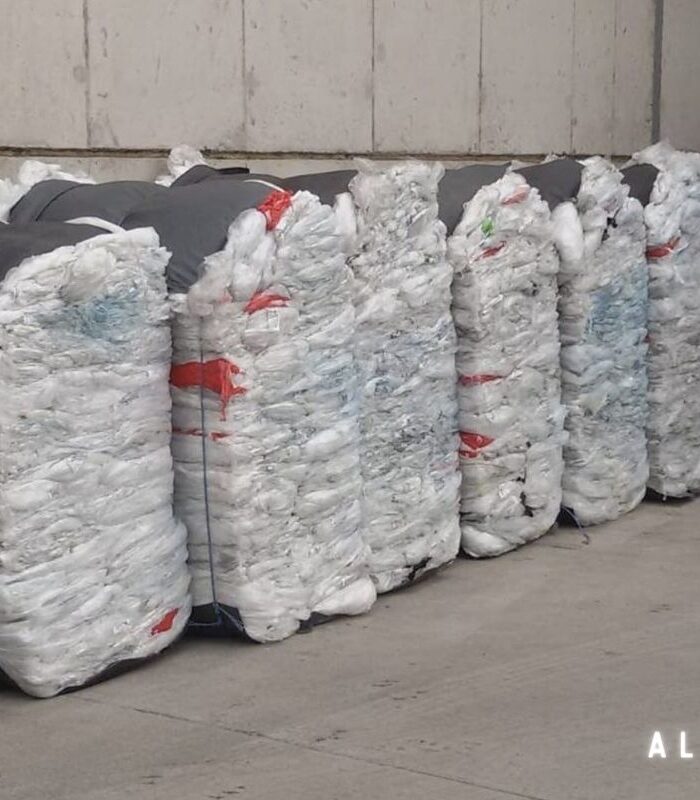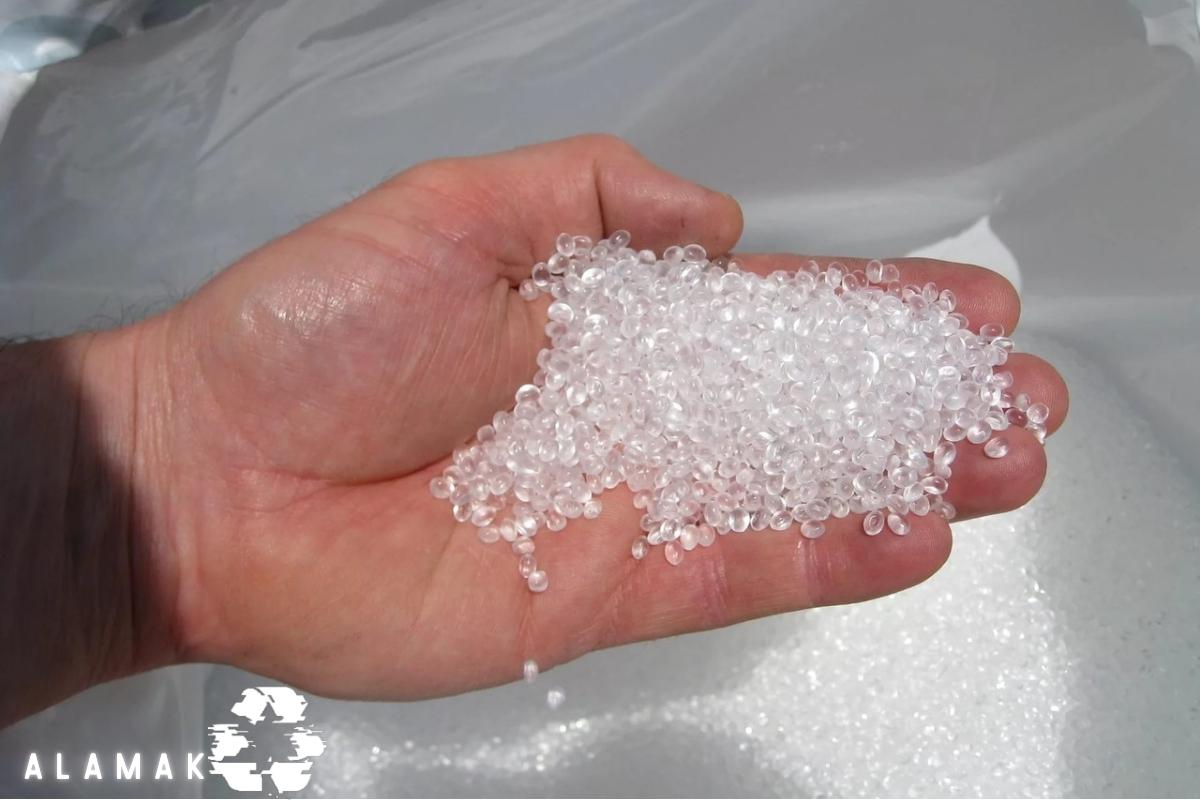Recycling plastic scrap involves the following steps:
1. Collection: Plastic scrap is collected from various sources such as households, industries, and recycling centers.
– PET Bottles
– HDPE Containers
– PVC Pipes and Fittings
– LDPE Film and Packaging
– Polypropylene (PP) Products
2. Sorting: The collected plastic scrap is sorted based on its type and quality.
– PET, HDPE, PVC, LDPE, PP are separated for efficient recycling.
3. Cleaning: The sorted plastic scrap is thoroughly cleaned to remove any dirt, debris, or contaminants.
4. Shredding: The cleaned plastic scrap is shredded into small pieces or flakes, increasing its surface area for further processing.
5. Washing: The shredded plastic is washed to remove any remaining impurities and further clean the material.
6. Drying: The washed plastic is dried to eliminate moisture content, ensuring optimal quality for the recycling process.
7. Melting and Extrusion: The dried plastic is melted and extruded into pellets or granules, forming the base material for new products.
8. Remanufacturing: The recycled plastic pellets are used to manufacture a wide range of plastic products, such as containers, packaging, fibers, and more.
9. Quality Control: The recycled plastic products undergo rigorous quality control measures to meet industry standards and customer requirements.
10. Distribution: ALAMAK exports the recycled plastic products to customers worldwide, ensuring they are properly packaged and shipped.
11. Sustainability Focus: ALAMAK prioritizes sustainable practices by reducing waste, conserving resources, and promoting the circular economy through plastic recycling.
By recycling plastic scrap, ALAMAK contributes to the reduction of landfill waste, conservation of natural resources, and the overall environmental well-being. The process follows strict quality and environmental standards to deliver high-quality recycled plastic products for various industries and markets globally.

